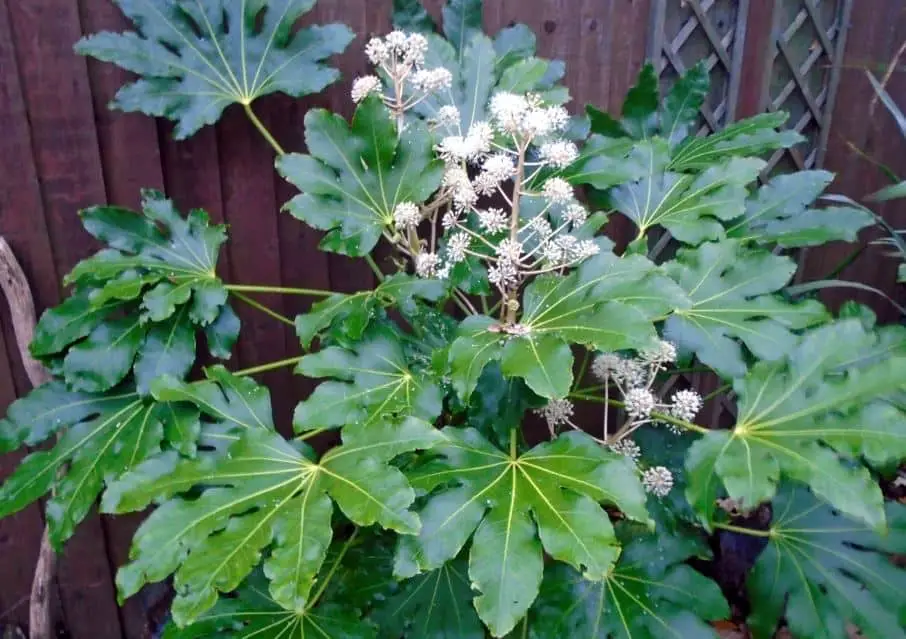Although it may seem like a lengthy process to establish a shrub from seed, fatsia (Fatsia japonica) develops quite rapidly. It will not take as long as you expect to grow a fatsia plant from seed. It will grow extremely quickly when given the best circumstances, including wet soil and some shade. Continue reading to find out how to sow fatsia seeds.

About Fatsia Plants
Japanese shrubs are called fatsia. It has bold, big, lustrous, dark-green foliage that gives it a tropical aspect. Fatsia may eventually reach heights and widths of up to 10 feet (3 meters) by growing 8 to 12 inches (20.5-30.5 cm) yearly.
Fatsia creates a lovely ornamental and is an evergreen in warm regions like the southern United States. For optimal success, plant it in regions with dappled shade and wet, rich soil that drains well. 1 minute, 47 seconds of 0 seconds 0% volume ad loading
Fatsia may also be grown indoors or in pots. Consider fatsia seed propagation to avoid stressing out this shrub by transplanting it.
How to Plant Fatsia Seeds
Transplanting does not work well for fatsia, and although cuttings may be used, seed propagation is the preferred method for growing the plant. You must first gather the seeds from a fatsia shrub’s blackberries or purchase some online before planting fatsia seeds. To get the seeds from the berries while picking your own, you must soak and smash the berries.
It is better to start seeds inside or in a greenhouse so that you will not have to worry about when to plant fatsia seeds outside, where the weather might be too unpredictable. Place the seeds in good potting soil and, if required, add compost.
Use warming mats below the beginning pots since fatsia seeds demand a temperature of around 80 F at the soil’s base (27 C.). To keep seeds and soil warm and wet, add some water to the soil and put plastic wrap across the tops of the pots.
A few days at a time, as required, with water. In two to four weeks, the seeds ought to begin to sprout. Once the seedlings have emerged from the dirt, take off the plastic wrap, but leave the warming pad in place for a further week or two.
3-inch (7.5 cm) seedlings should be transplanted into bigger pots and kept warm. Once the ground outside has warmed to at least 70 F, you may move seedlings to their permanent locations (21 C.).

